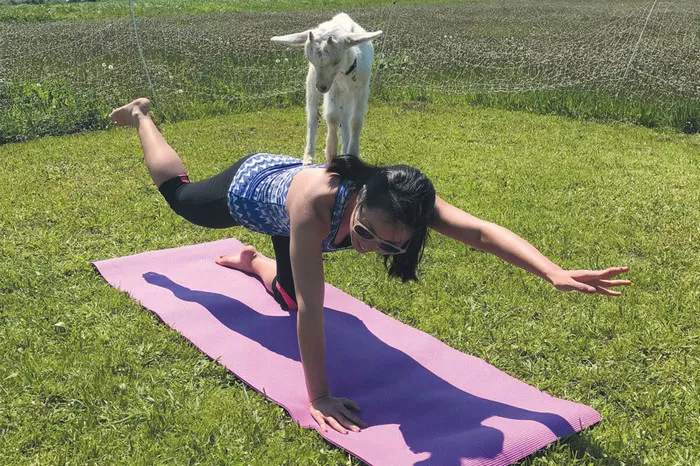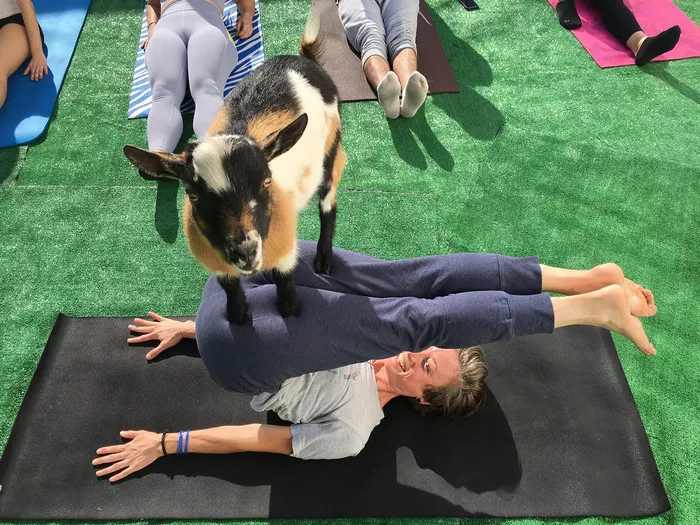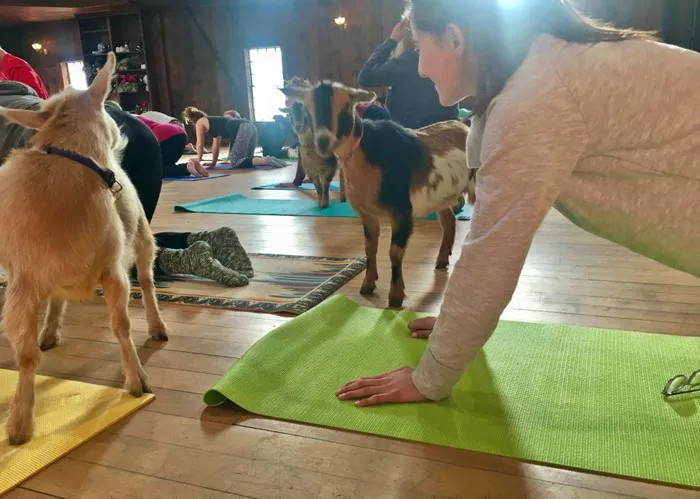Yoga is a holistic practice that combines physical postures, breathing exercises, and meditation to enhance physical health, mental clarity, and emotional balance. Among the many yoga styles and techniques, the core postures—also known as asanas—serve as the foundation for both beginner and advanced practitioners. These poses promote flexibility, strength, and stability while fostering a deep connection between body and mind. Understanding the main yoga poses is essential for anyone looking to build a consistent practice. In this article, we will explore the most common and important yoga poses, highlighting their benefits and proper execution.
Why Are Yoga Poses Important?
Yoga poses form the fundamental building blocks of any yoga practice. These postures are designed to open the body, strengthen muscles, improve balance, and increase mobility. Whether you’re practicing Vinyasa, Hatha, or any other style of yoga, mastering key poses is crucial for deepening your practice and achieving a greater sense of well-being. By incorporating yoga poses into your routine, you are not only improving your physical health but also calming the mind and alleviating stress. Let’s break down the most important and commonly practiced yoga poses.
The Most Important Yoga Poses for Beginners
1. Mountain Pose (Tadasana)
Mountain Pose is often used as the starting position in many yoga sequences. It may look simple, but it serves as the foundation for all standing poses. Tadasana helps to establish proper posture and alignment while promoting a sense of grounding and balance. To perform Mountain Pose, stand with your feet together or slightly apart. Spread your toes and press them into the floor. Engage your thighs, lift your chest, and relax your shoulders down and away from your ears. Keep your head aligned with your spine, and reach your arms alongside your body with palms facing forward. Hold this pose for several breaths, feeling the earth beneath you and the energy rising through your body.
2. Downward-Facing Dog (Adho Mukha Svanasana)
Downward-Facing Dog is one of the most recognized yoga poses. It is a versatile pose that stretches the entire body, strengthens the arms and legs, and improves circulation. To get into this pose, begin on your hands and knees. Lift your hips toward the ceiling, forming an inverted V shape with your body. Keep your hands shoulder-width apart and your feet hip-width apart. Press your palms firmly into the mat, and try to straighten your legs, bringing your heels toward the floor. Your head should be relaxed, with your ears in line with your upper arms. Hold for several breaths, focusing on the lengthening of your spine and the stretch in your legs.
3. Child’s Pose (Balasana)
Child’s Pose is a gentle resting pose that offers relief for the lower back, hips, and thighs. It is often used to rest and reset during a yoga session. To come into Child’s Pose, kneel on the floor with your big toes touching and knees spread wide apart. Slowly lower your torso down to rest on your thighs, extending your arms forward on the mat. Allow your forehead to rest on the floor or a cushion. Breathe deeply into your back and hips, feeling the stretch and release with each inhale and exhale. Child’s Pose is a great way to calm your nervous system and return to your breath during your practice.
4. Warrior I (Virabhadrasana I)
Warrior I is a powerful standing pose that strengthens the legs, opens the chest, and improves balance. To enter Warrior I, step one foot back and bend the front knee so that it is aligned with the ankle. Keep your back leg straight and your back heel grounded. Extend your arms overhead with your palms facing each other. Your chest should be open, and your gaze directed forward. Engage your core and focus on your breath as you hold the pose. Warrior I not only builds strength in the legs but also opens up the hips and chest, helping to improve posture.
5. Warrior II (Virabhadrasana II)
Warrior II is another powerful standing pose that builds strength, flexibility, and endurance. It targets the legs, core, and shoulders, while also helping to increase stamina. To get into Warrior II, begin by standing with your feet wide apart, then turn one foot outward by 90 degrees while keeping the other foot facing forward. Bend your front knee to form a 90-degree angle, while keeping your back leg straight and active. Stretch your arms out parallel to the floor, with your palms facing down. Your gaze should be directed over your front hand. Hold the position and feel the power in your legs and arms.
6. Tree Pose (Vrksasana)
Tree Pose is a balancing pose that helps improve concentration, stability, and posture. To begin, stand tall with your feet together. Shift your weight onto one leg and place the sole of your other foot on the inner thigh or calf of your standing leg (avoid placing it directly on the knee). Press your palms together in front of your chest, or reach your arms upward, extending your fingers toward the sky. Focus your gaze on a fixed point in front of you to help maintain balance. Tree Pose is excellent for enhancing mental focus and building strength in the legs and core.
7. Cobra Pose (Bhujangasana)
Cobra Pose is a backbend that opens the chest, stretches the abdomen, and strengthens the spine. To perform Cobra Pose, begin lying on your stomach with your hands placed under your shoulders, elbows close to your body. Press into your palms and gently lift your chest off the floor, extending your spine and engaging your back muscles. Keep your elbows slightly bent and your shoulders away from your ears. Cobra Pose helps to increase spinal flexibility while stretching the front body, including the chest, stomach, and hips.
8. Cat-Cow Pose (Marjaryasana-Bitilasana)
Cat-Cow is a dynamic flow of two complementary poses that helps to warm up the spine, improve mobility, and relieve tension in the back and neck. To practice this sequence, begin on your hands and knees in a tabletop position. On an inhale, drop your belly toward the mat and lift your chest and tailbone up (this is the Cow Pose). On an exhale, round your back, tuck your chin to your chest, and draw your belly button toward your spine (this is the Cat Pose). Continue flowing between these two movements, synchronizing your breath with the movement of your spine.
The Advanced Yoga Poses: A Challenge for Experienced Practitioners
While the basic poses are essential for beginners, more advanced practitioners can explore a range of challenging poses that require strength, flexibility, and concentration. These advanced asanas offer deeper benefits, including enhanced body awareness, increased flexibility, and mental clarity. Some of these poses may require more preparation and strength-building in simpler postures before they can be safely practiced. Below, we will look at some of the more complex poses that advanced yogis often work toward.
9. Headstand (Sirsasana)
The Headstand is often referred to as the “king of asanas” because it is one of the most challenging and rewarding yoga poses. It requires balance, strength, and mental focus. To come into Headstand, begin by kneeling and interlacing your fingers, creating a stable base with your forearms on the mat. Place the top of your head on the floor, ensuring that your neck is in a neutral position. Slowly lift your legs, one at a time, until your body is inverted. Engage your core and legs, and find your balance by stacking your hips over your shoulders. Headstands offer numerous benefits, including improved circulation and increased focus, but they should be practiced with care and under the guidance of an experienced instructor.
10. Handstand (Adho Mukha Vrksasana)
The Handstand is another advanced pose that requires upper body strength, balance, and control. To enter Handstand, begin in a standing position and then place your hands on the mat, shoulder-width apart. Kick your legs up one at a time while engaging your core to maintain control. Once your body is upside down, keep your legs straight and your core engaged to maintain balance. Handstands are excellent for building upper body strength and boosting confidence, but they can be difficult to master, so it’s essential to practice with caution and proper alignment.
11. Crow Pose (Bakasana)
Crow Pose is a challenging arm balance that requires strength in the arms, wrists, and core, as well as concentration and coordination. To practice Crow Pose, squat down with your feet close together, then place your hands on the mat in front of you, shoulder-width apart. Bend your elbows slightly and place your knees on your upper arms, leaning forward to shift your weight. Slowly lift your feet off the ground, balancing on your hands. Crow Pose helps to build strength and improve balance while also engaging your focus and concentration.
12. King Pigeon Pose (Kapotasana)
King Pigeon is a deep backbend and hip opener that requires flexibility in the back, hips, and chest. To perform this pose, begin in a kneeling position and stretch one leg out behind you, while bending the other knee and bringing the foot toward the opposite hip. Extend your arms overhead and then reach back to grab the back foot, lifting your chest as you bend backward. King Pigeon opens the chest, strengthens the back, and increases flexibility in the hip flexors, but it requires a lot of practice and preparation in more accessible poses like Pigeon Pose.
13. Lotus Pose (Padmasana)
Lotus Pose is a seated posture that is often used for meditation. While it appears simple, it requires a great deal of flexibility in the hips, knees, and ankles. To practice Lotus Pose, sit with your legs extended in front of you, then slowly cross one leg over the other, placing the foot on the thigh of the opposite leg. Once both legs are crossed, place your hands on your knees with palms facing up, and focus on your breath. Lotus Pose promotes stillness, deep relaxation, and concentration, making it a valuable tool for meditation.
See Also: What Are the Different Types of Yoga Asanas?
Conclusion
Mastering the main yoga poses takes time, practice, and patience. Each pose offers unique benefits and targets different areas of the body, making yoga a well-rounded practice for overall health and wellness. Whether you are a beginner just starting your journey or an advanced practitioner working toward more complex poses, the key is to approach each pose with mindfulness and respect for your body’s limitations. Remember that yoga is a practice, not a perfection, and every time you step onto the mat is an opportunity for growth and self-discovery. By building a strong foundation with the basic poses, you can continue to deepen your practice and experience the many benefits of yoga.
You Might Be Interested In























